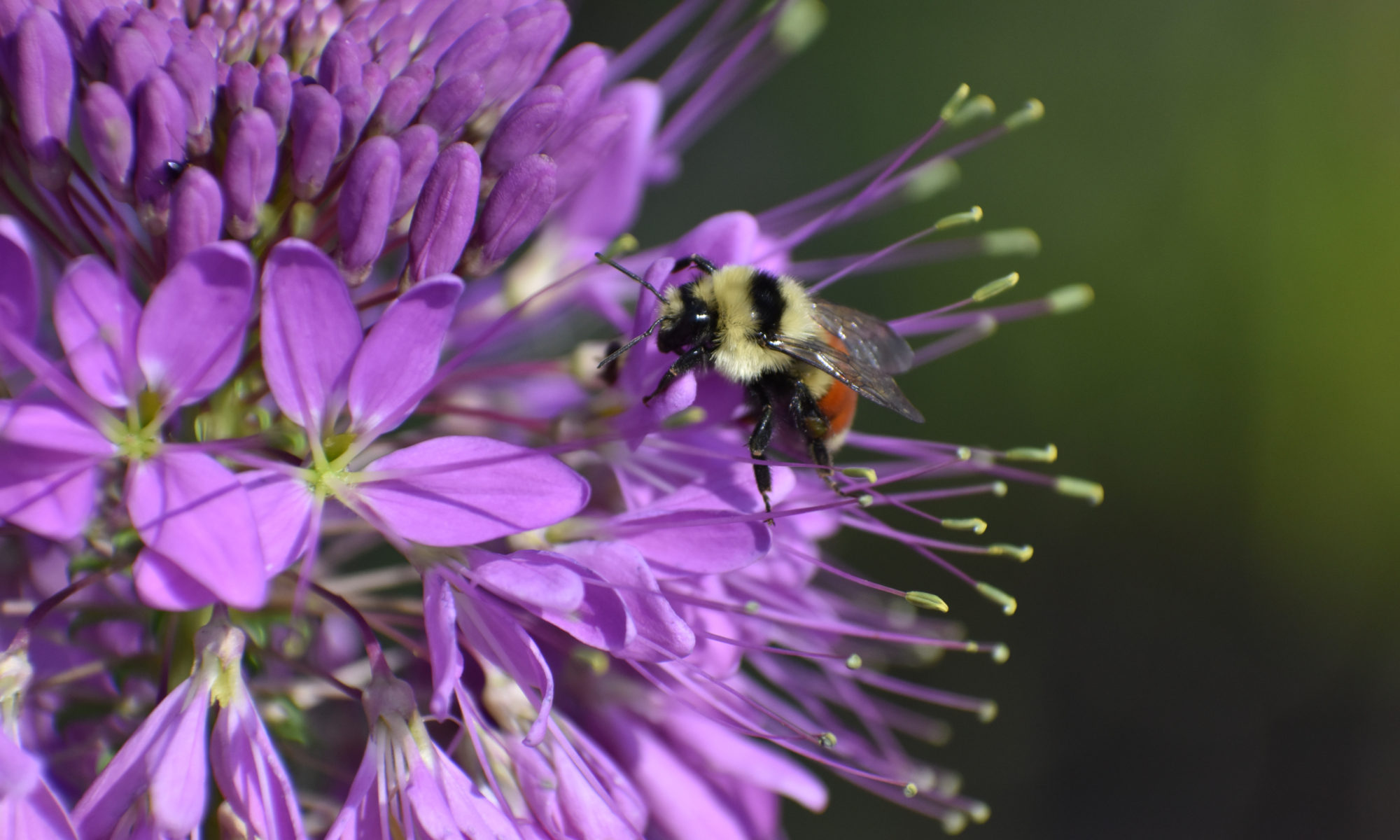Human activity is one of the greatest forces shaping earth’s ecosystems. how does moving species well outside of their naturally occurring range change how ecosystems work?

My first forays into ecology were inspired by woods of the southern Appalachians. I was especially excited by both their amazing diversity and the eminent threat that many invasive plant species posed to that diversity. As an undergraduate researcher at the University of North Carolina at Asheville, I completed two independent research projects “Using dendroecological methods to assess the effect of Celastrus orbiculatus Thunb. on Liriodendron tulipifera L. growth” and “Evaluating the efficacy of chemical, mechanical, and combination treatments on Celastrus obiculatus and other non-native shrubs in urban forests”, both of which were fully funded by the University of North Carolina and The Botanic Gardens of Asheville respectively. The findings of some of that work were published in the American Midland Naturalist.

As part of this work we found that Oriental Bittersweet had been present in stands for over 30 years in some cases, and that the oldest lianas in any given stand seemed appeared to have established immediately after large storm events. Intriguingly, we found that Tulip Poplar growth (as measured by increase in basal area) increased after invasion. While it is difficult to determine the mechanism causing this, we predicted that the same gap creating events that allowed bittersweet to established may also have released focal trees from nearby competitors.
While I am still passionate about conserving biodiversity, and understand that this often involves management of invasive exotic species, it is not the direct focus of my current research. Recently, I have been exploring the floral chemical ecology of invasion. How might invasion impact the trade off between floral attraction and defense? How might invasion into novel ecosystems shape plants interaction with new microbes? I will be exploring these questions in populations of Echium across California and Oregon.
Invasive Plant Publications:
1) Horton J, Francis JS. 2014. Using Dendroecology to Examine the Effect of Celastrus orbiculatus invasion on Liriodendron tulipifera Growth. Am. Mid. Nat. 172(1):25-36.





